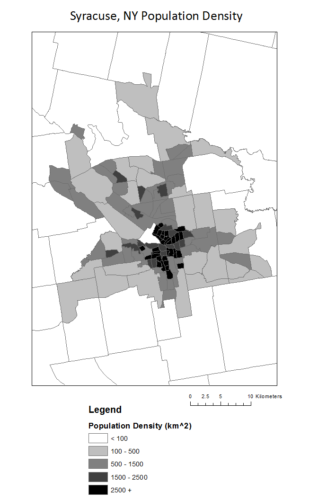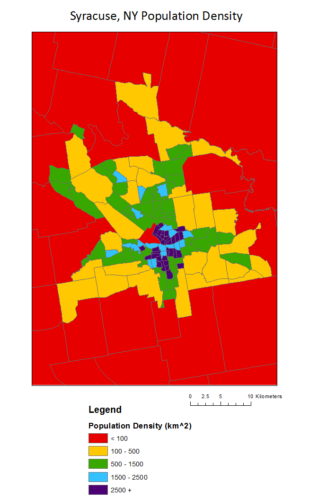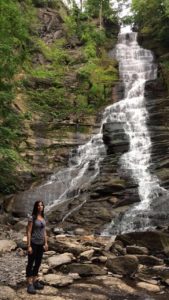Written by: Madhuri Dinakar, Changcheng Pu and Joseph Wasswa
Although fresh water is a critical resource to our society, there is growing scarcity for this resource globally. The distribution of fresh water on the Earth’s surface is extremely uneven, where some parts of the world have abundant freshwater resources while others struggle to meet demand. Water supply crises are exacerbated by human population growth and climate change, which render the traditional freshwater supplies inadequate to sustain the growing water demand. In the United States, the west coast in particular faces increasing water stress, which causes overdraft of groundwater and stream depletion. Even if the drought were to stop today, it would take decades to restore the depleted ground water resources in the western US. Currently, the water supplies of Southern California and some other western states largely rely on imports from the Northern California and the Colorado River. These sources are under threat due to increasing population, particularly in Southern California, and growing conflicts between agricultural and urban demand for water, which have escalated as the water supply has dried up. Thus, this necessitates the exploration of alternative to combat the growing concern of water shortage. Suggested solutions to this challenge are composed of a combination of multiple strategies: desalination, storm water capture, water recycling and reuse, and water banking. These newly developed “taps” of urban water will help dry cities in California and other places achieve “more sustainable and resilient water futures.”
On April 6th, Dr. Richard Luthy, the Silas H. Palmer Professor of Civil and Environmental Engineering of Stanford University, was invited to Syracuse University to give a seminar titled “Urban Water Supply Reinvention for Dry Cities.” Dr. Luthy started with a portfolio approach to the water stress, and how diversified techniques are applied to manage risks in water systems. Wastewater reuse, including potable and non-potable reuse, is one of the most appealing options to augment the water supply. For non-potable water reuse, one major challenge is the vast upfront cost, primarily for separate pipelines. The implementation of decentralized water reclaimation facilities is a potential solution for this issue. For potable water reuse, regulators and researchers are working together to promulgate regulations to address the health concerned caused by micropollutants. In addition, the public perception and acceptability of recycled water is still an impediment for successful implementation of water recycling and reuse. In California, the other technical approach is storm water capture, with a co-benefit of protecting beaches since it reduces the amount of pollutants carried to the beaches by urban runoff. Storm water collected by green Infrastructure and dry wells can be used to recharge groundwater. Dr. Luthy also stressed that all water problems and solutions are regional. Since the climate conditions, existing infrastructure and political environment vary largely from region to region, there is no universal solution to all local water problems. However, a comparison of water supply strategies implemented by driest parts of the region like Israel and California shows that the water stress in California can be reduced if the suggested options are successfully evaluated and implemented.


 Climate change may result in broad effects to our most treasured scenic getaways, the National Parks. Initial reactions may be to consider how warmer temperatures will impact wildlife or other natural beauties such as glaciers. However, it is also important for park management to better understand how climate change will affect park attendance, so that resources can be focused in areas that will be impacted the most. Attendance is generally dependent on the mean monthly temperatures of a park; more people visit parks when temperatures are favorable. Parks such as Volcanoes National Park in Hawaii, which has a pleasant temperature year-round, has consistent attendance throughout the year; while parks located in colder climates tend to have higher attendance in the warm summer months and few visitors in the winter. An interesting case study by Albano et al. (2013) examined climate change’s impact on attendance in three National Parks in Alaska. This study predicted an increase in park attendance in the coming years, based on a growing “peak season,” which follows a longer period of favorable climate.
Climate change may result in broad effects to our most treasured scenic getaways, the National Parks. Initial reactions may be to consider how warmer temperatures will impact wildlife or other natural beauties such as glaciers. However, it is also important for park management to better understand how climate change will affect park attendance, so that resources can be focused in areas that will be impacted the most. Attendance is generally dependent on the mean monthly temperatures of a park; more people visit parks when temperatures are favorable. Parks such as Volcanoes National Park in Hawaii, which has a pleasant temperature year-round, has consistent attendance throughout the year; while parks located in colder climates tend to have higher attendance in the warm summer months and few visitors in the winter. An interesting case study by Albano et al. (2013) examined climate change’s impact on attendance in three National Parks in Alaska. This study predicted an increase in park attendance in the coming years, based on a growing “peak season,” which follows a longer period of favorable climate.